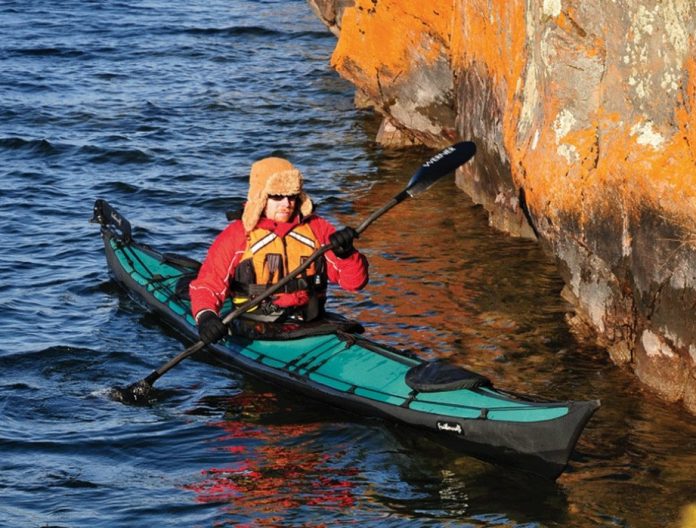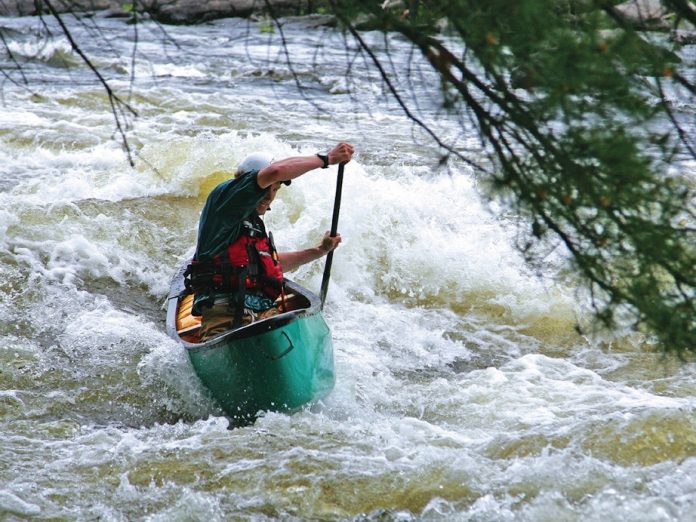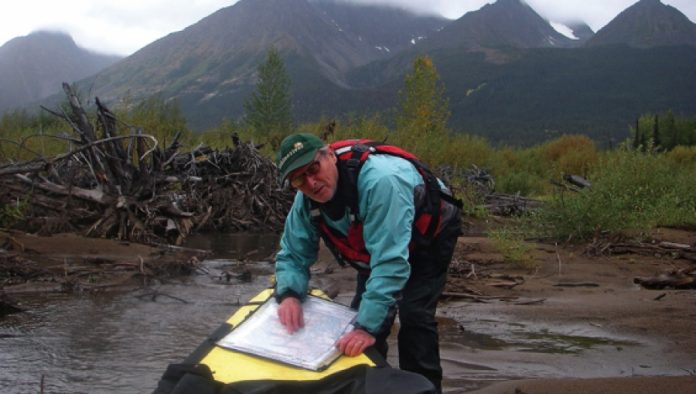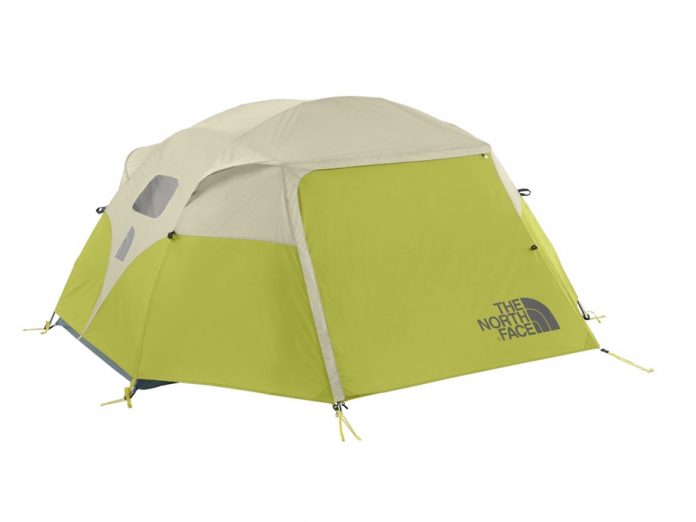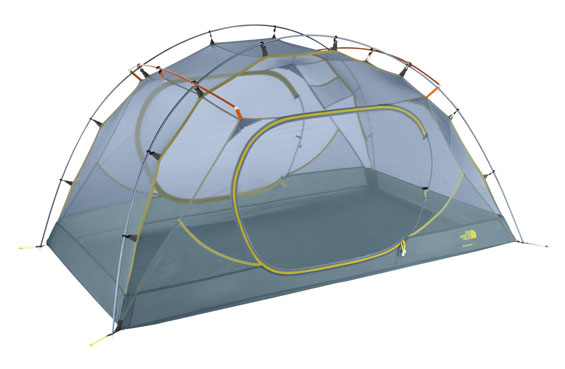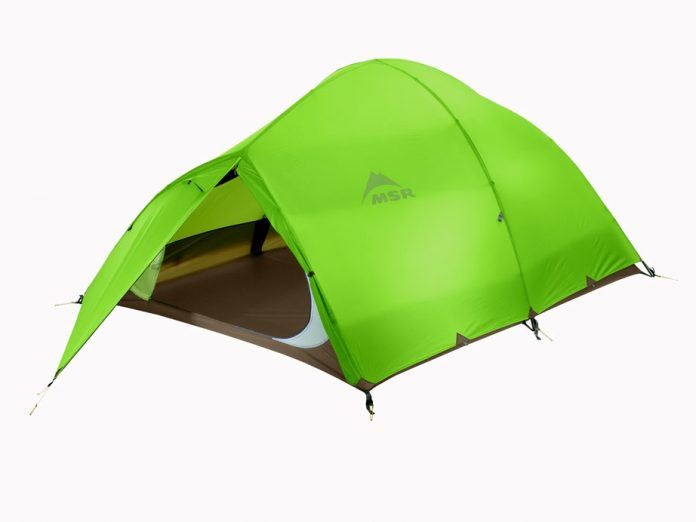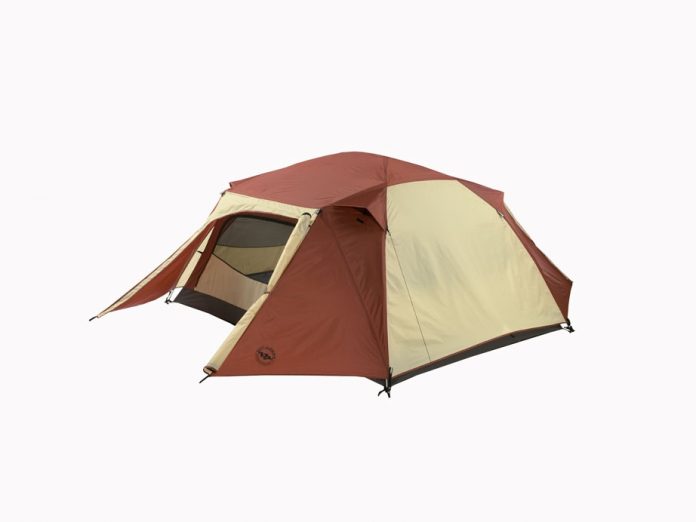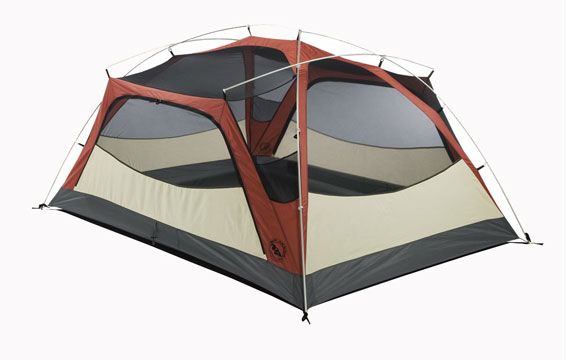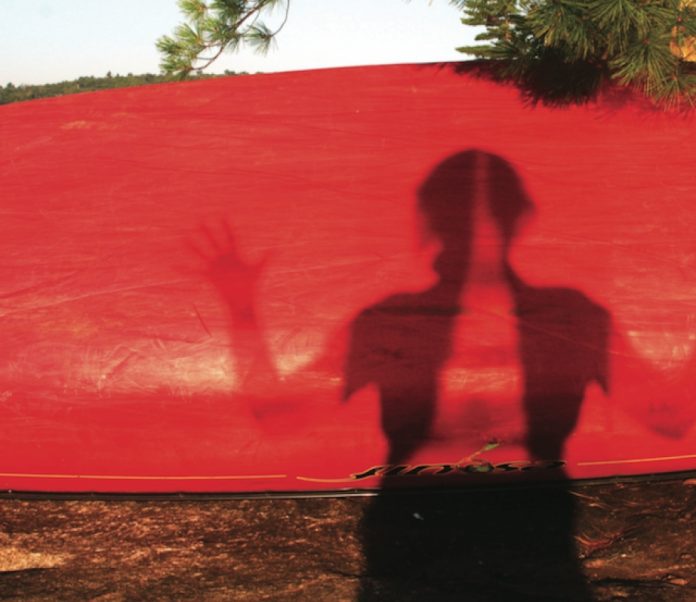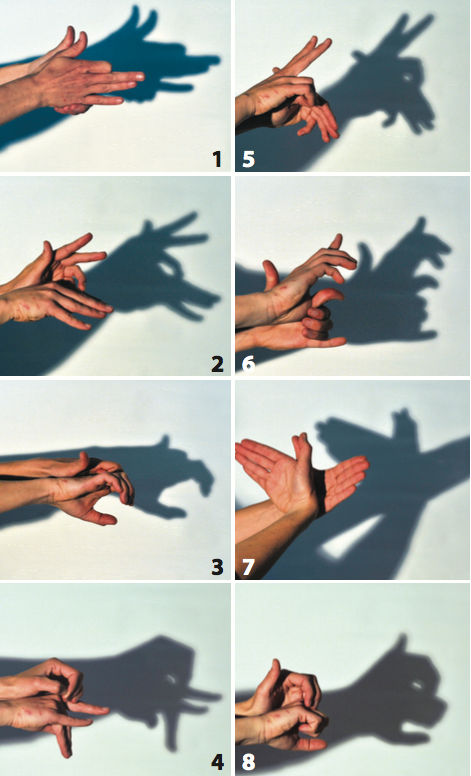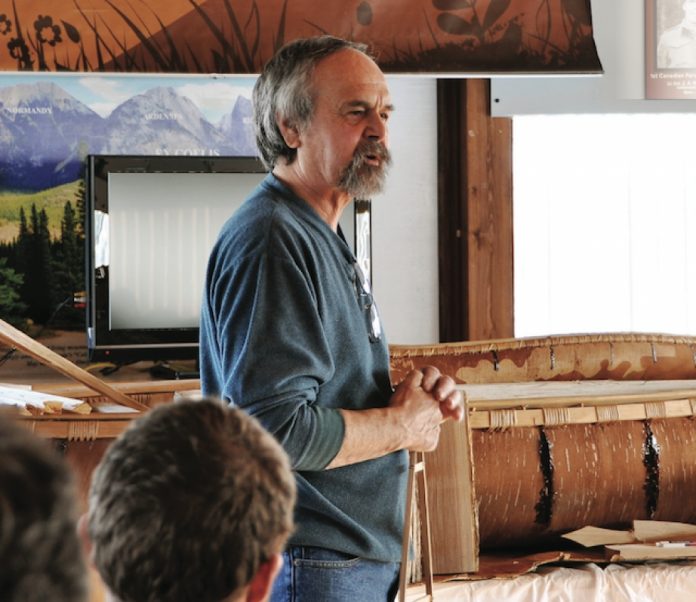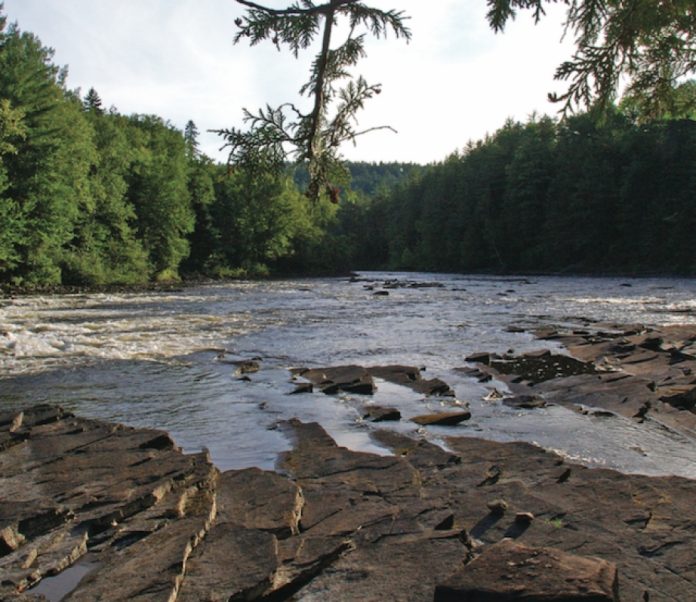A review of the Feathercraft Heron folding sea kayak from Adventure Kayak magazine.
Feathercraft’s first new long haul tripper since launching the K1 Expedition in 1981, the Heron is for paddlers “with a weeklong or multi-week expedition in mind who want a high performance boat in terms of speed and agility,” says designer and company founder Doug Simpson. Hand built on Granville Island in Vancouver, B.C., it’s positioned as the new premier choice for travelers needing a fast, high volume folding kayak capable of handling the world’s most demanding environments.
With tent pole-style, aluminum bow and stern frame assemblies, six donut-shaped crossribs, nine additional frame poles and a myriad of subsidiary pieces, it isn’t the quickest to assemble folding kayak on the market. Nor is it the cheapest. But the Heron does benefit from the same full-featured outfitting and durable construction as the legendary K1.
Three dry bag-style, roll closure hatches access two cavernous storage compartments; there’s enough capacity for several weeks worth of food, fuel and gear. No day hatch means you’ll likely want a deck bag for on-water essentials. Like its Feathercraft forebears, the Heron doesn’t have bulkheads and utilizes a sea sock—a waterproof cockpit cocoon that attaches to the coaming—to keep the storage areas dry, and an unloaded boat floating in the event of capsize.
Our six-foot-plus testers enjoyed the roomy fit and accessibility of the deep, extra-long cockpit and found the slender thigh brace tubes adequate for a dialled in fit. At 5’6”, the high coaming and backrest hindered my torso rotation, and just my kneecaps made contact with the thigh braces. Adding foam or an inflatable booster seat improves fit for smaller paddlers, but this is really a big-boy boat. Simpson recommends the capable, lower volume Feathercraft Wisper for petite paddlers (see Inside Out, Spring 2006, www.adventurekayakmagazine.com/0035 for a full review).
The long waterline combined with a Swede form shape and clipper bow make the 17’7” Heron significantly faster than the shorter, beamier K1 Expedition. It accelerates quickly to a cruising speed comparable to many composite touring kayaks.
The hard-chine, V-shape hull provides less initial stability but edges with aplomb. Rock solid secondary stability is enhanced by small-diameter, integrated sponsons above the chines. When inflated, the sponsons fill out the skin, stretching it drum-tight and adding a cushion of support when the boat is edged aggressively.
Dropping the rudder or heeling the hull onto its windward edge easily corrects weathercocking. Rough water paddling is a pleasure, with the generously rockered hull dampening rather than slapping the waves. For those coming from a plastic or composite kayak, paddling a Feathercraft is a unique way to experience an even closer connection with the water.
The capacity of the Heron favors long distance touring over day paddling. It’s ideal for medium to large paddlers whose travel plans demand mile-chewing performance, proven durability and unparalleled portability.
ELBOW GREASE
Assembly is straightforward, but significantly easier with a helper. Our first attempt took one and a half hours. Practice and watching the provided DVD—which we neglected to do in the spirit of a remote field assembly—would cut this in half.
MISSION CONTROL
Gas pedal-style rudder controls adjust to a wide range of leg lengths and provide a solid platform for power transfer and bracing. Comfort touches include an inflatable backrest and calf plates for under-leg support.
TOTALLY TUBULAR
A combination of long waterline, Swede form shape, pronounced V hull, hard chines and internal sponsons stretch the cruising speed of the hardwearing, reinforced welded urethane hull while enabling aggressive edging and surprisingly nimble turning.
A VIDEO REVIEW OF THE FEATHERCRAFT HERON FOLDING SEA KAYAK
FEATHERCRAFT HERON SPECS
LENGTH: 17′ 7″
WIDTH: 24″
WEIGHT: 54 LBS
PACKABLE SIZE: 36″ x 18″ x 12”
MSRP: $6,200 CAD / $6,112 US
www.feathercraft.com
This article originally appeared in Adventure Kayak, Summer/Fall 2012. Download our free iPad/iPhone/iPod Touch App or Android App or read it here.



